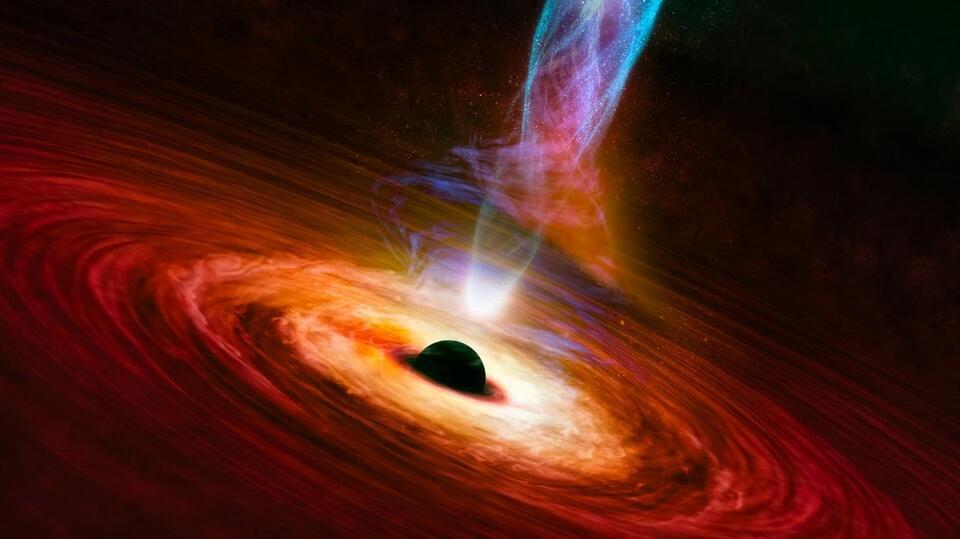Space Day Texas will be held on March 25 at the Texas Capitol, featuring exhibits from NASA and various aerospace companies. The event will include live space suit demos, a proclamation celebrating…



Electric vehicles (EVs) are transforming transportation, but challenges such as cost, longevity, and range remain barriers to widespread adoption. At the heart of these challenges lies battery technology—specifically, the electrolyte, a critical component that enables energy storage and delivery. The electrolyte’s properties directly impact a battery’s charging speed, power output, stability, and safety.
To overcome these hurdles, researchers are turning to AI-driven approaches to accelerate the discovery of novel battery materials.
SES AI, a leader in battery innovation, is leveraging the cutting-edge NVIDIA hardware and software ecosystem to revolutionize materials discovery. By combining domain-adapted LLMs with an AI model and GPU-accelerated simulations in a single workflow, SES AI compresses decades of research into months and unlocks groundbreaking advancements in EV battery performance.
The universe is so similar to our brain that it could be conscious. In this video, we talk about how we might be just tiny echoes of a larger cosmic mind.
- Sources:
https://scienceexchange.caltech.edu/topics/quantum-science-e…tanglement.
https://link.springer.com/chapter/10.1007/978-3-642-20253-7_2
https://www.psychologytoday.com/us/blog/the-new-science-cons…sciousness.
Do atoms going through a double slit ‘know’ if they are being observed?
https://www.sciencealert.com/quantum-entanglement-has-now-be…opic-scale.
https://www.scientificamerican.com/article/is-consciousness-…universe1/
WATCH ANOTHER VIDEO: Are We Part of a Larger Cosmic Structure?
CHECK OUT OUR MERCH: https://www.cosmoknowledge.com.
You are welcome to support us so we can create more quality content:
https://www.buymeacoffee.com/cosmoknowledge.
Join this channel to get access to the perks:
https://www.youtube.com/channel/UCdgpfQ5snGKcP-eqoVXI0pw/join.
SUBSCRIBE ► https://goo.gl/PLLFPz.
Here’s what the science says about how you can slip into this dreamlike, meditative state.



Time travel has long fascinated scientists and theorists, prompting questions about whether the future can send visitors into its own past and whether individuals could move forward in time in ways that bypass the normal flows of daily life. The general idea of time as a fourth dimension, comparable to spatial dimensions, gained traction when Hermann Minkowski famously stated that “space by itself, and time by itself, are doomed to fade away into mere shadows” (Minkowski, 1908, p. 75). This integrated view of spacetime underlies many physics-based theories of how a traveler might move along the temporal axis.
In relativity, closed timelike curves (CTCs) theoretically allow a path through spacetime that loops back to its origin in time. As Kip Thorne put it, “wormhole physics is at the very forefront of our understanding of the Universe” (Thorne, 1994, pp. 496–497). A wormhole with suitable geometry might permit travel from one point in time to another. However, such scenarios raise paradoxes. One common example is the “grandfather paradox,” which asks how a traveler could exist if they venture into the past and eliminate their own ancestor. David Deutsch offered one possible resolution by suggesting that “quantum mechanics may remove or soften the paradoxes conventionally associated with time travel” (Deutsch, 1991, p. 3198). His reasoning rests on the idea that quantum behavior might allow timelines to branch or otherwise circumvent contradictions.

Sleep isn’t just a luxury, it’s a vital process that helps our bodies repair and rejuvenate. Researchers have started to uncover how the quality and timing of sleep can affect more than just how rested we feel—it might also affect the very blueprint of our cells: our DNA.
A new study from Canada found that melatonin, a hormone known for its role in regulating sleep, might help reverse some of the DNA damage caused by years of poor sleep.
Melatonin is produced by the pineal gland in our brains when darkness falls. It signals to our bodies that it’s time to wind down and prepare for sleep. Beyond its sleep-inducing properties, melatonin is also a powerful antioxidant.
Here I interview Brian Cutter in person to talk about arguments against physicalism. Do they work?
Like the show? Help it grow! Consider becoming a patron (thanks!): https://www.patreon.com/majestyofreason.
If you wanna make a one-time donation or tip (thanks!): https://www.paypal.com/paypalme/josephcschmid.
OUTLINE
0:00 Intro.
0:15 Physicalism.
3:10 Non-physicalism.
5:50 Many-subjects argument.
30:20 Sensory awareness arguments.
36:31 Conceivability arguments.
51:48 Inconceivability argument.
56:58 Knowledge argument.
1:08:07 Explanatory gap arguments.
1:12:51 Arguments from personal identity.
1:20:07 Mereological nihilism argument.
1:28:38 Just too different!
1:32:07 Other arguments.
1:33:06 The best argument against dualism?
1:46:17 Conclusion.
RESOURCES.
